Montana Tech Research



From the depths of the earth, into the vast unknown beyond the sky, Montana Tech researchers are tackling some of the most important scientific quandaries of our time.
Montana Tech researchers are tackling grand challenges that are at the interface of disciplines. Research focus areas vary widely, from successful environmental remediation techniques meant to clean up some of the world's most contaminated Superfund sites, to novel processes that will extract and process rare earth minerals needed to lead the world's clean energy future.
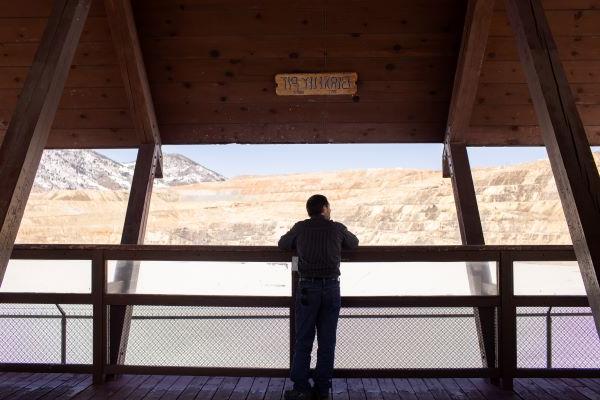
Focus areas include:
Geochemistry, Water Science, Hydrogeology,Carbon Sequestration, Computation and Modeling Systems, Rare Earth Elements, Educational Outreach, and Renewable Energy.
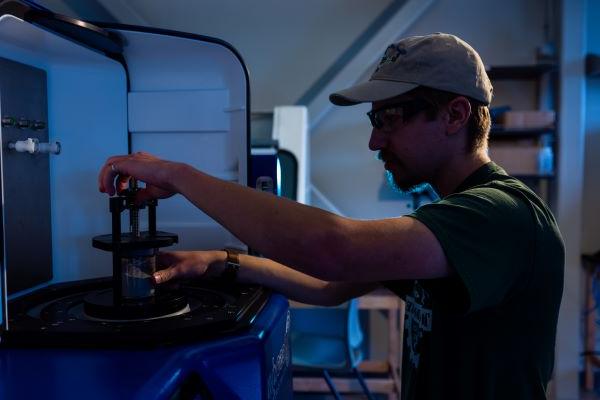
Focus areas include:
Biomaterials & Nanomaterials, Electronic, Photonic, & Magnetic Materials, Energy Storage, Conversion, & Conservation; Materials Synthesis, Processing, & Fabrication, Computation and Modeling Systems, Rare Earth Elements, Educational Outreach, and Renewable Energy
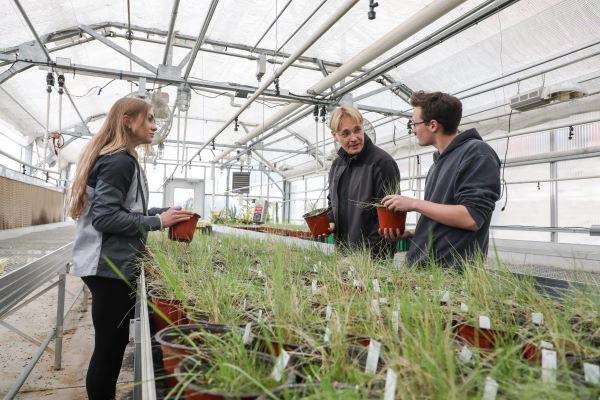
Focus areas include:
Natural Resource Extraction, Waste Management, Climate Adaptation Strategies, Environmental Technologies, Computation and Modeling Systems, Rare Earth Elements, Educational Outreach and Renewable Energy.
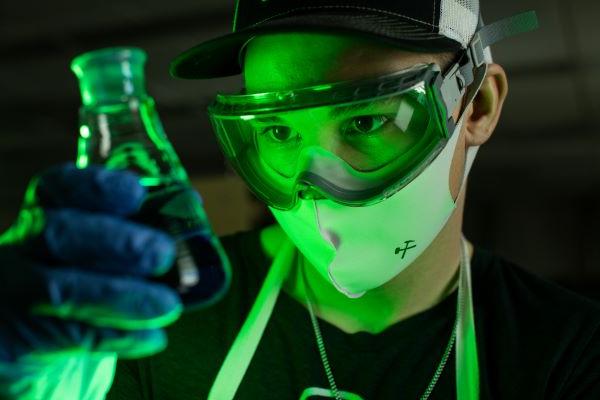
Focus areas include:
Biotechnology, Nanotechnology, Environmental Health, Computation and Modeling Systems, Rare Earth Elements, Educational Outreach, and Renewable Energy.
Montana Tech scientists push disciplinary boundaries and blaze new paths on the technology frontier every day.
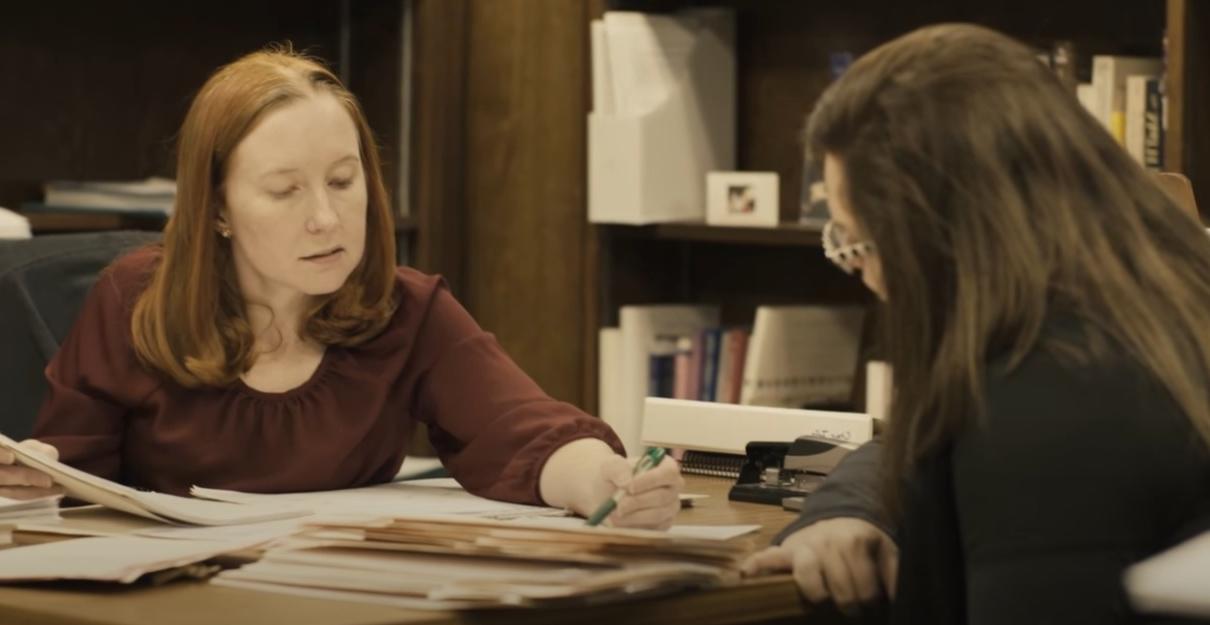
Here our researchers/scholars are organized by discipline.

Focus areas include:
Educational Centers, Educational Research, Outreach, and Opportunities for Montana Tech Students.

The Center for Advanced Materials Processing (CAMP) was founded in 1989 and focuses on analytical laboratory testing, materials laboratory testing, and research program management.

The Center for Environmental Remediation and Assessment (CERA) oversees environmental solutions that aid in responsible natural resource use, development, closure and reuse.

The Montana Bureau of Mines and Geology (MBMG) geoscientists collect, interpret, and distribute geologic data used to manage Montana’s water, land, mineral, and energy resources, and to assess geologic hazards.
The Analytical Testing Laboratory provides a diverse spectrum of analytical services focused on high resolution imaging, elemental analysis, microcrystalline phase analysis and automated mineralogy, including modal mineralogy, mineral liberation, mineral associations and grain size analysis.
The Electron Microscopy Laboratory (E.M.Tech) within the Department of Biological Sciences at Montana Tech operates a Hitachi HT7820 transmission electron microscope (TEM) with scanning transmission electron microscopy and is equipped with energy dispersive X-ray spectroscopy (EDS) capability.
Our geological engineering department is home to state-of-the-art facilities including a triaxial testing lab.
The High Performance Computer (HPC) Cluster, is a high-powered supercomputer that helps drive research and innovation at Montana Tech. Parallel computing powers greatly reduce the amount of processing time required for large amounts of data.
Learn more about HPC.The Materials Testing Laboratory offers mechanical testing, mineral processing and metallography. We are well versed in the mechanical testing of metals, composites, polymers, plastics, and wood
The MBMG Analytical Laboratory conducts analytical method development and sample analyses in support of research being done by MBMG programs.
The Underground Mine Education Center (UMEC) give hands-on learning opportunities for courses in mining, geological, environmental and metallurgical engineering and occupational safety and health.

Montana Tech students participate in transformational programs where they apply their skills to become industry leaders, revolutionary researchers, and life-long learners.

Orediggers learn by doing. An education a Montana Tech will take you into the field for hands-on experiential learning.
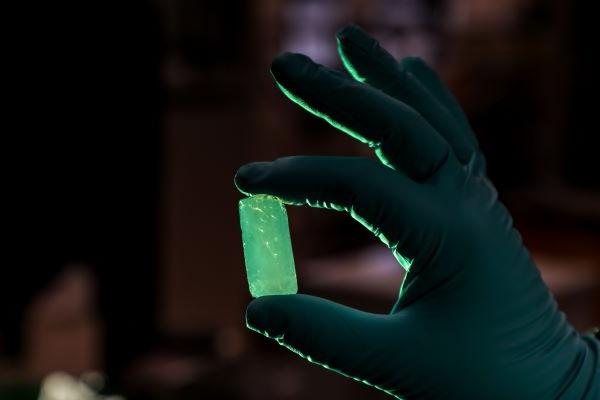
As a student, your education will be translational. You'll take work from the lab, to be put into practice in the field.

Montana Technological University and the Naval Undersea Warfare Center Division, Keyport, have entered into a historic cooperative research and development agreement.

The team, including graduate students, will be led by Associate Professor of Metallurgical and Materials Engineering Dr. Avimanyu Das.

The National Science Foundation has awarded Montana Tech $1 million that will be used to purchase and maintain a multifunctional electron microscope.

Dr. Robin Bullock shared her expertise as a past project manager in mine closure with the Department of Energy so that they might gather information so they can formulate the parameters for the requests for project proposals for $500 million in funding.
Research resources for Montana Tech faculty and staff are available here.
We are here to answer your questions, and connect you with the right resources to optimize research, growth, and discovery.
MUS 210, 212, 213
(406) 496-4106
ResearchOffice@cdwebsites.net
